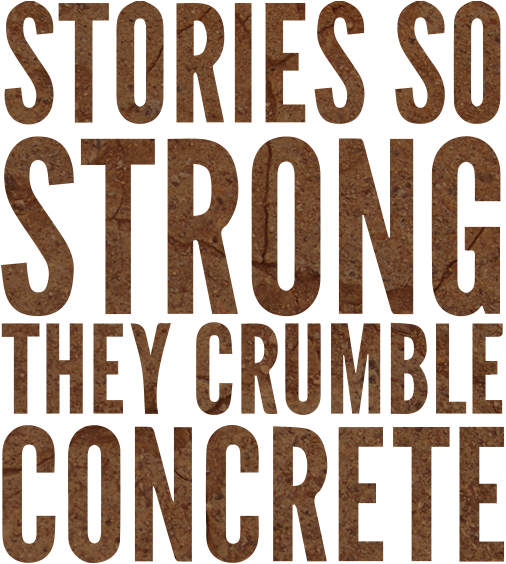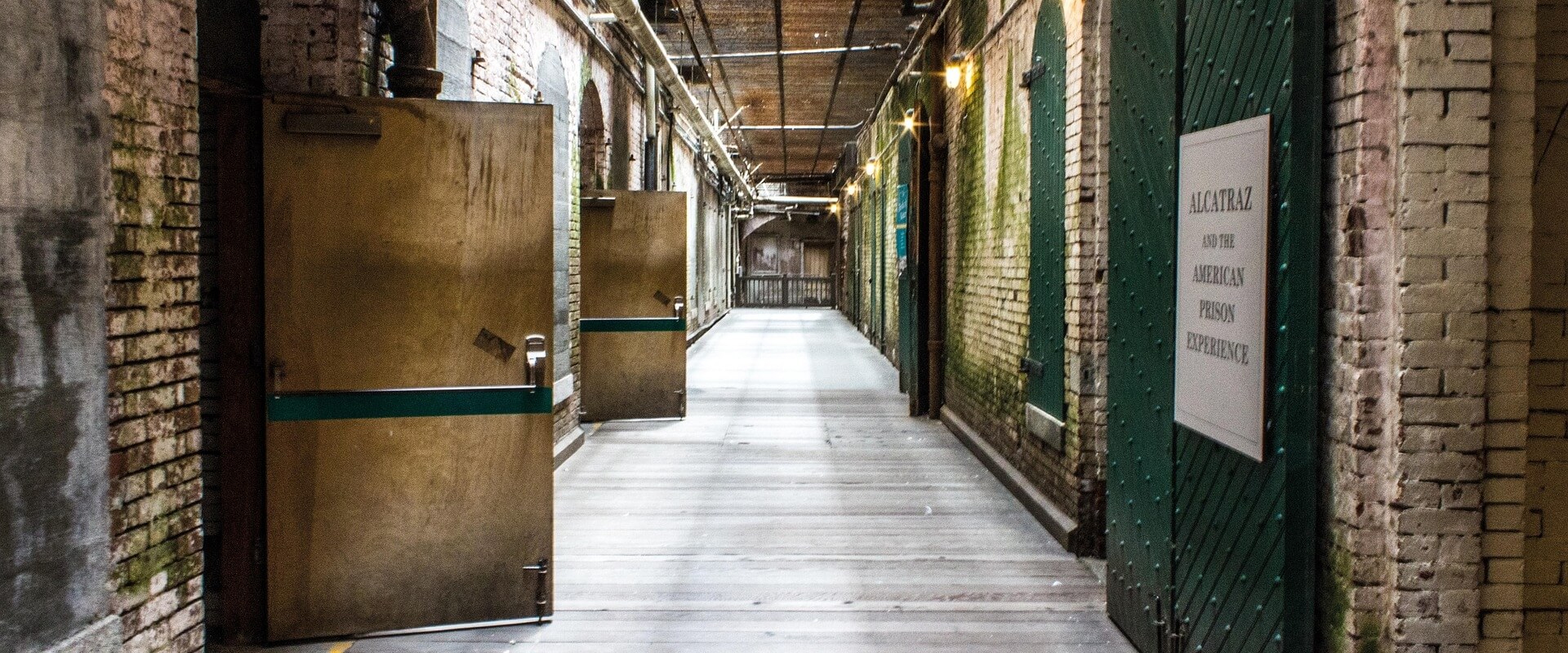
This article is a discussion of incarcerated women’s abortion rights. The article also discusses the difficulties of carrying a pregnancy to term on the inside and the risk that women will lose their parental rights if they have to put their children in foster care.
health reproductive-rights
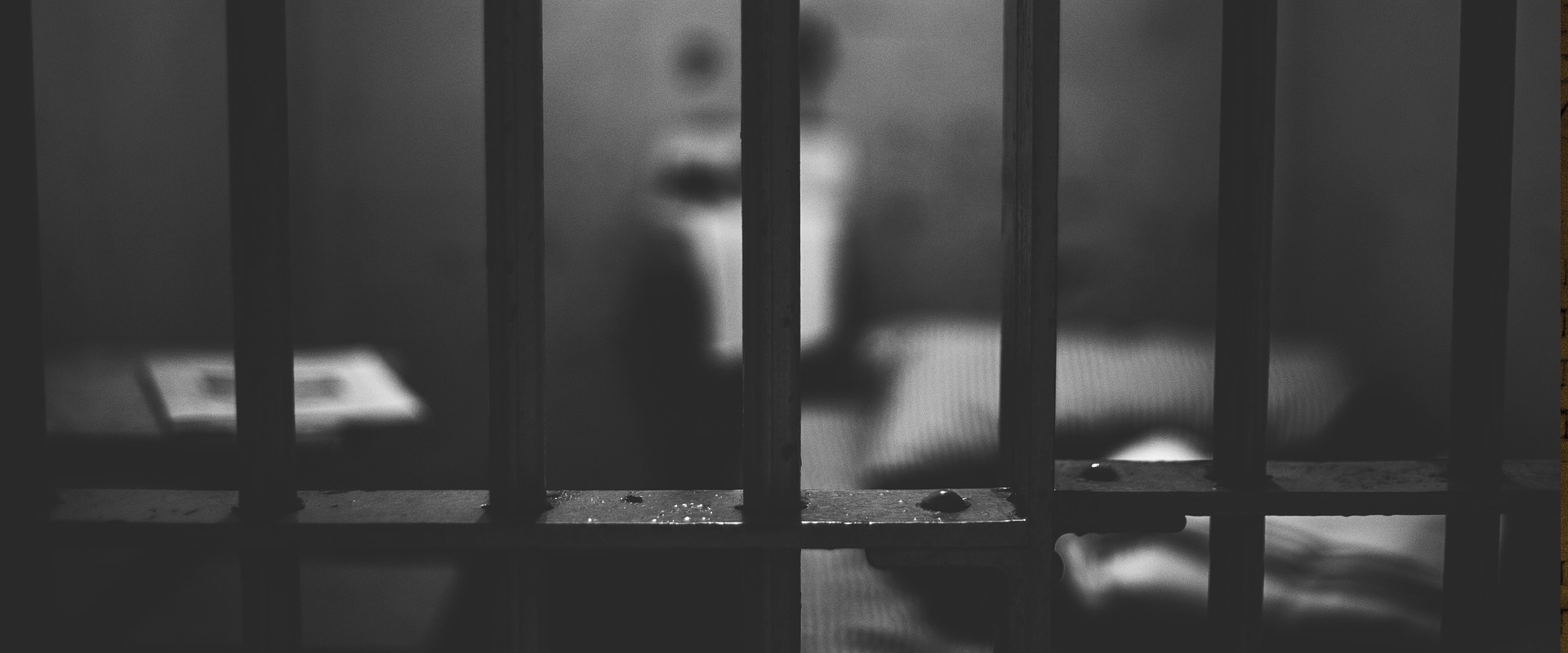
This essay from Feminist Studies, looks at Voices in Time, a multimedia installation that artistically recreates a furnished prison cell, echoing with women’s stories.
prison-life public-policy
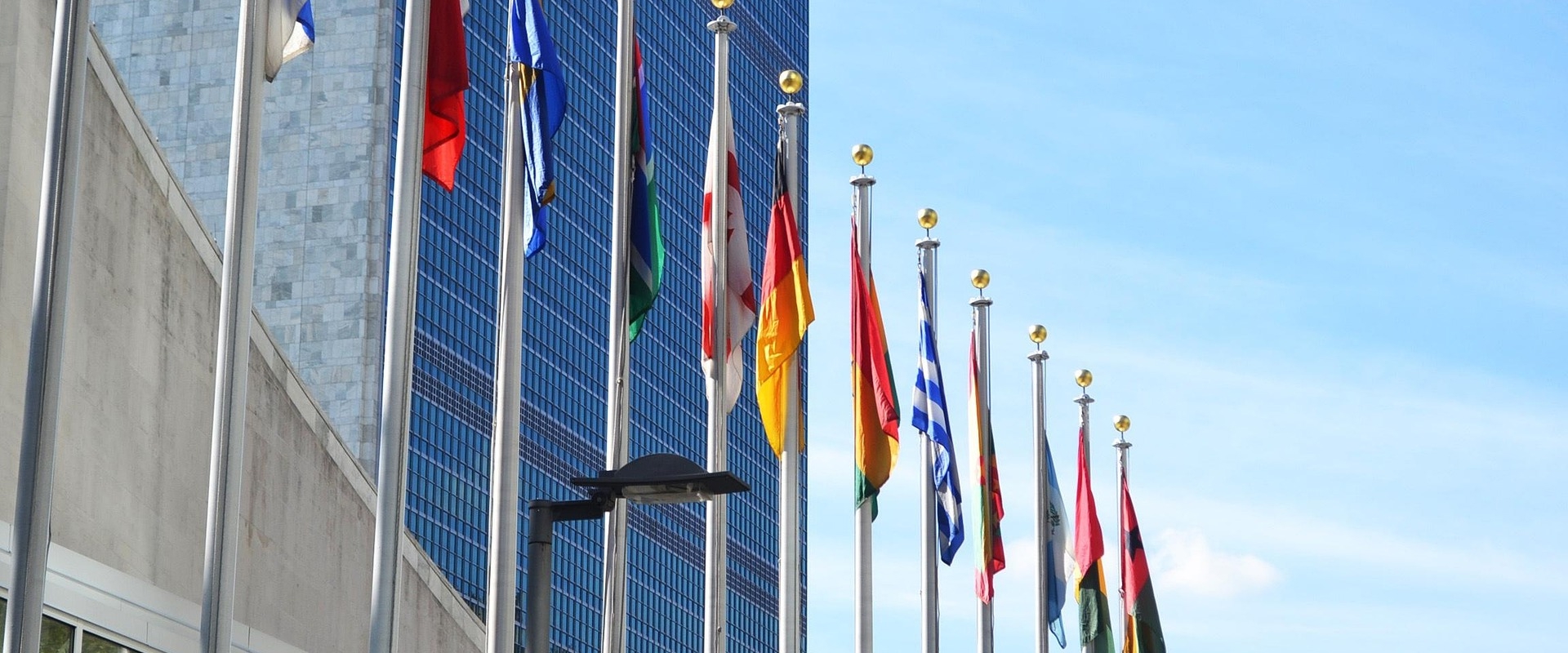
These past years hve been full of thousands of calls and complaints of increasingly distrubing nature from prisoners and their families throughout the United States. The proportion of those complaints coming from women has risen, with women describing conditions of confinement, which are torture.
activism community movement-building prison-life prison-industrial-complex public-policy racism sexual-violence state-violence

Based on extensive interviews with both staff and incarcerated women in one Vermont prison, this article examines the supportive relationships women form with one another and with “good” guards. The authors discuss the women’s and guards’ stories about positive changes within women’s behavior and outlook during their incarceration, emphasizing the importance of new-found relationships and trust in supporting such changes.
guard-prisoner-relations prison-life relationships
Reproductive Rights in Theory and Practice: The Meaning of Roe v. Wade for Women in Prison
by Rachel Roth
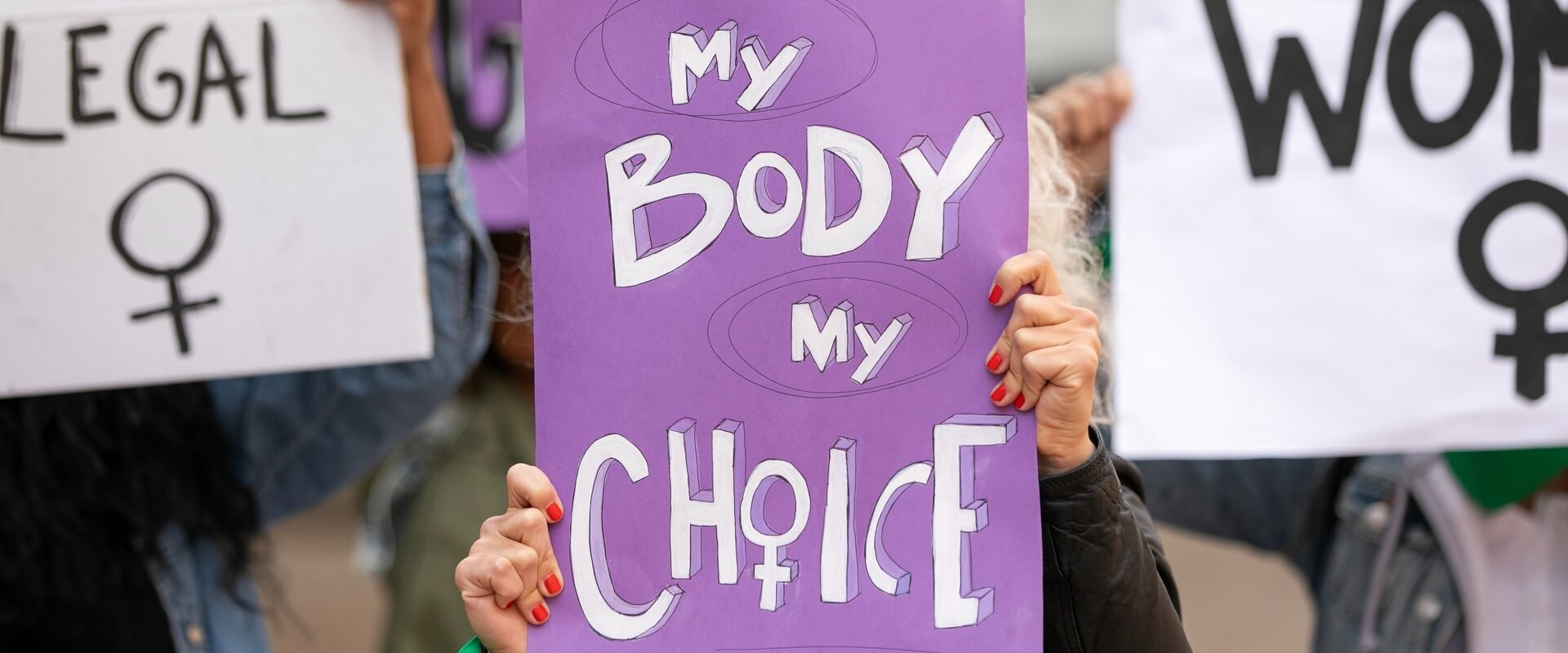
This article is an overview of women’s health care in jails and prisons, with special attention to access to reproductive health services. It was written for the anniversary of Roe v. Wade, and the theme is that no one really has a “right” or a “choice” if she doesn’t have access to the resources needed to carry out that choice. The article highlights two recent studies that are the result of collaborations between prisoners’ rights groups and public health students.
health reproductive-rights
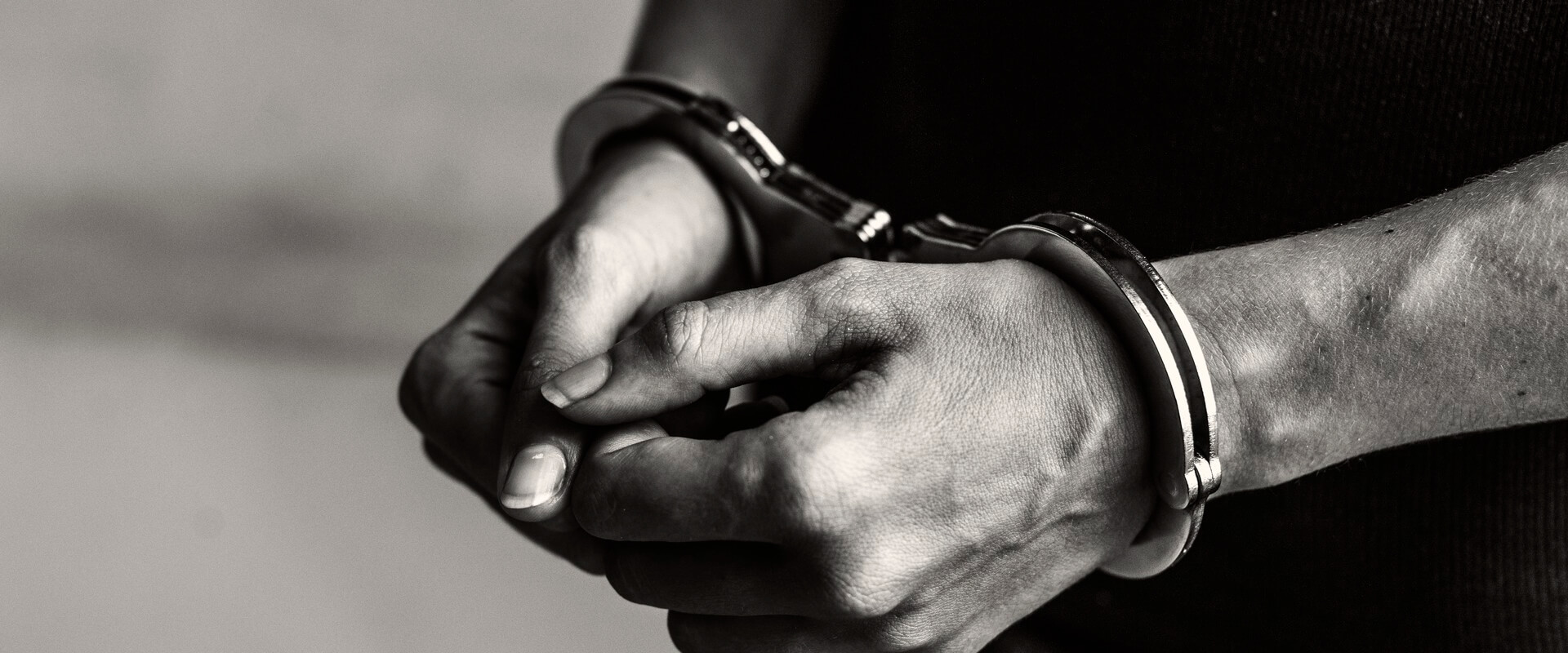
Today in California, there are 22,000 women, inmates and parolees, whose convictions are for, on the whole, non-violent and drug-related crimes. Women normally plea-bargain their cases. Even for violent crimes, we are usually sentenced as aiders and abettors. Because we are fallen women, our sentences tend to be longer than those for men convicted of the same crimes. When it comes to murder, women primarily kill abusers who have been torturing them for many years. Public financing for women’s prisons is money misspent.
abolition activism gender movement-building prison-life prison-industrial-complex public-policy
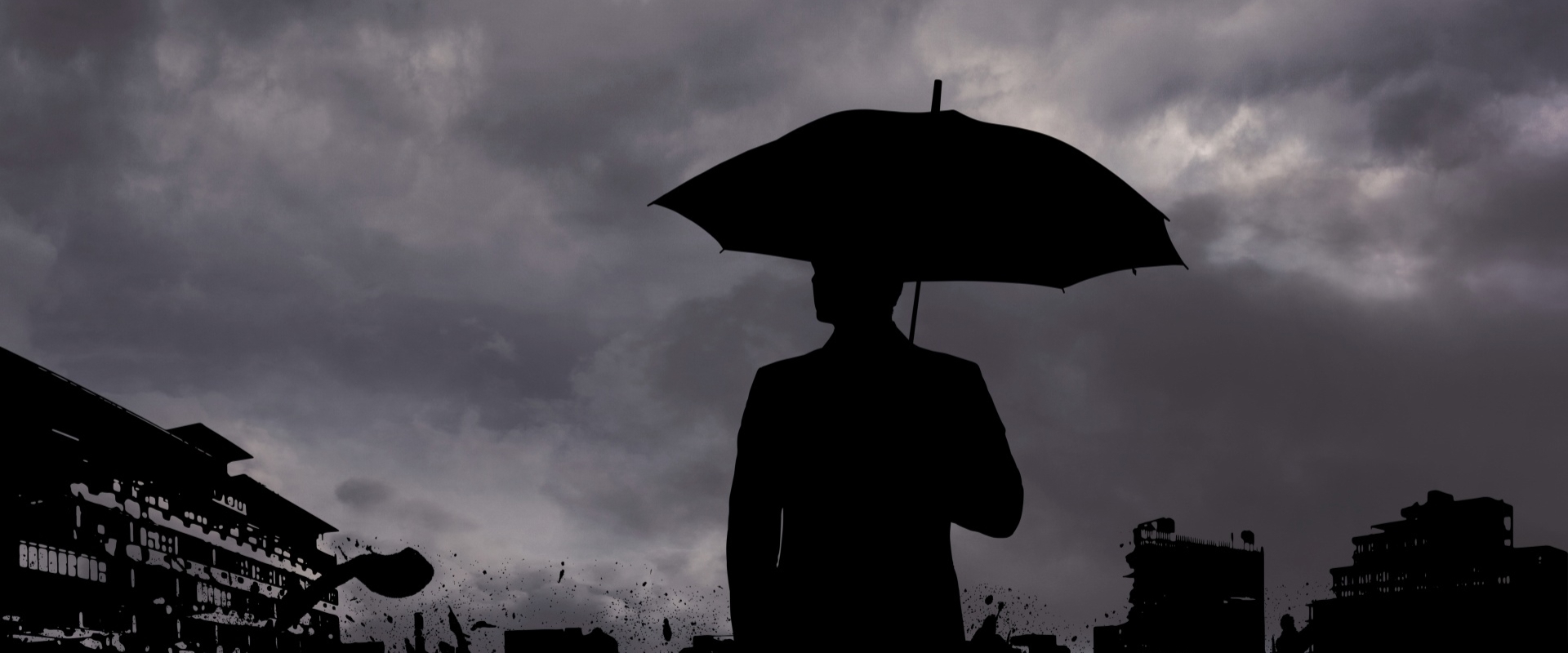
Right after 4:30 p.m. count on Halloween, there was the sound of a scuffle in D Hall. An alarm brought guards running from all parts of the yard. An ambulance pulled up to the back door of the hall in which we live. The attendant pulled open the back door, got back into the ambulance and backed the rear of the vehicle up to the door. Next thing we knew, a phalanx of guards came hot-footing down our hall toward the ambulance, three of them surrounding a tall, slim woman with her wrists cuffed behind her back, hair flying everywhere and a wild, terrified look in her eyes. She’d threatened to cut her wrists.
prison-life health
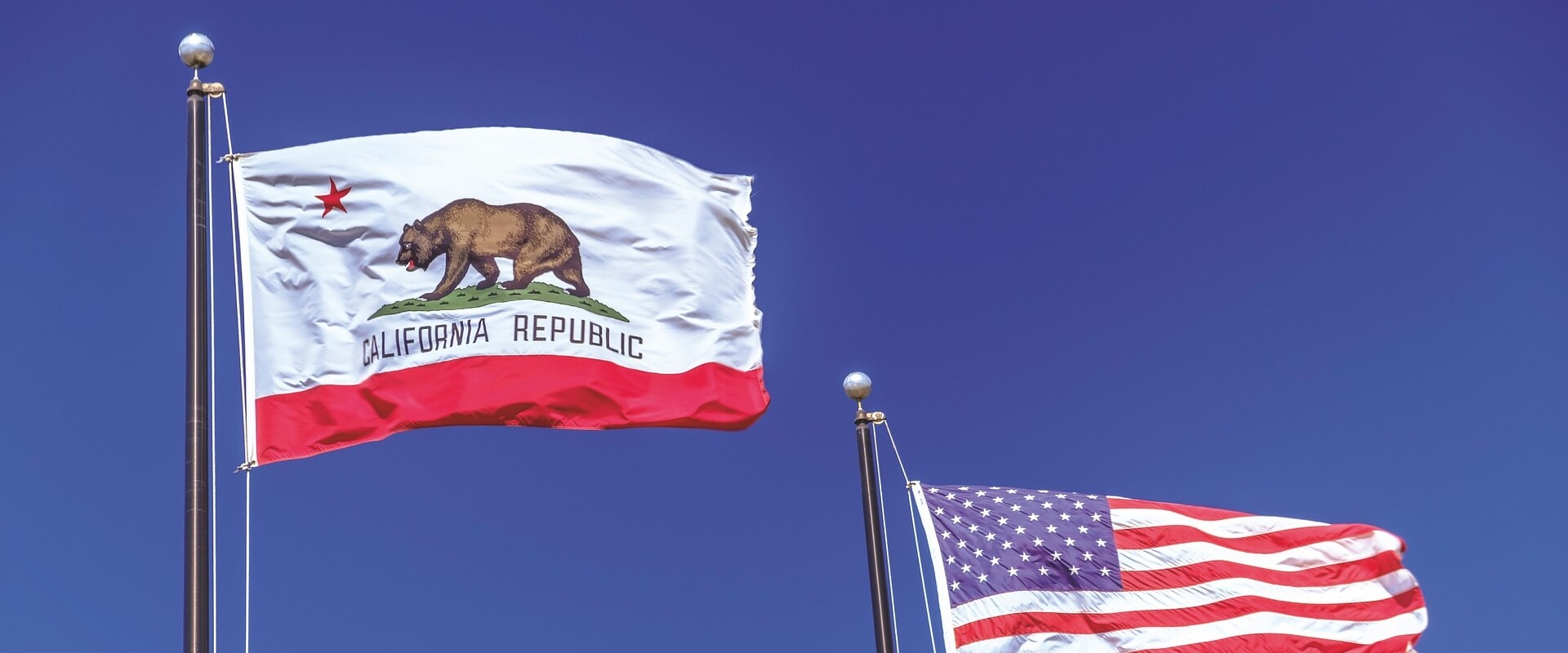
Ogden describes the historical legacy of the racism, abuse and mistreatment of Native American peoples in the United States at the hands of the U.S. government. She connects their history with the current imprisonment of Native Americans, including her own story to demonstrate the oppressive impact of incarceration.
native-american-prisoners personal-narrative prison-life prison-industrial-complex racism
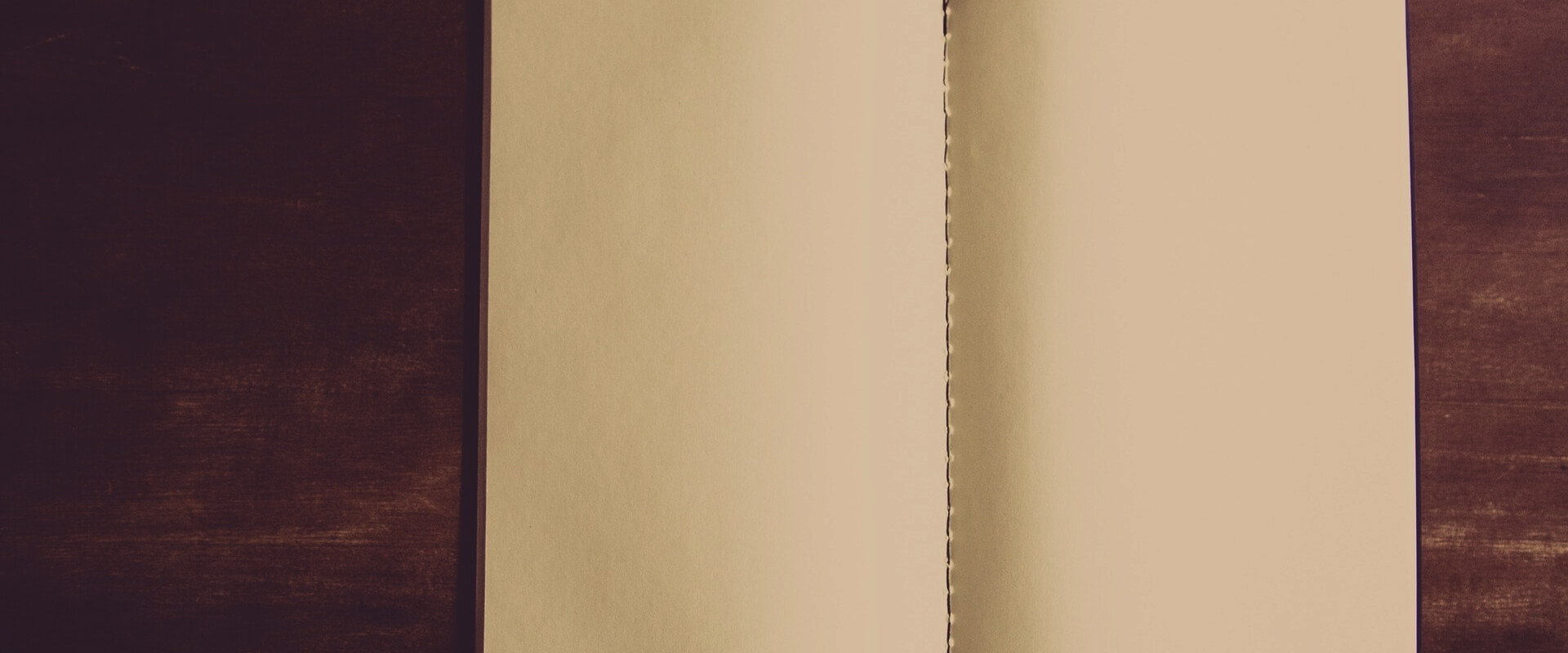
Being an inmate takes everything you have! It's like having an out of body experience in which you must come out of yourself and use all manner of determination, self-preservation, sacrifice, compromise, strength, and extreme measure of self-discipline to will yourself to do what is required: to will yourself into being an inmate.
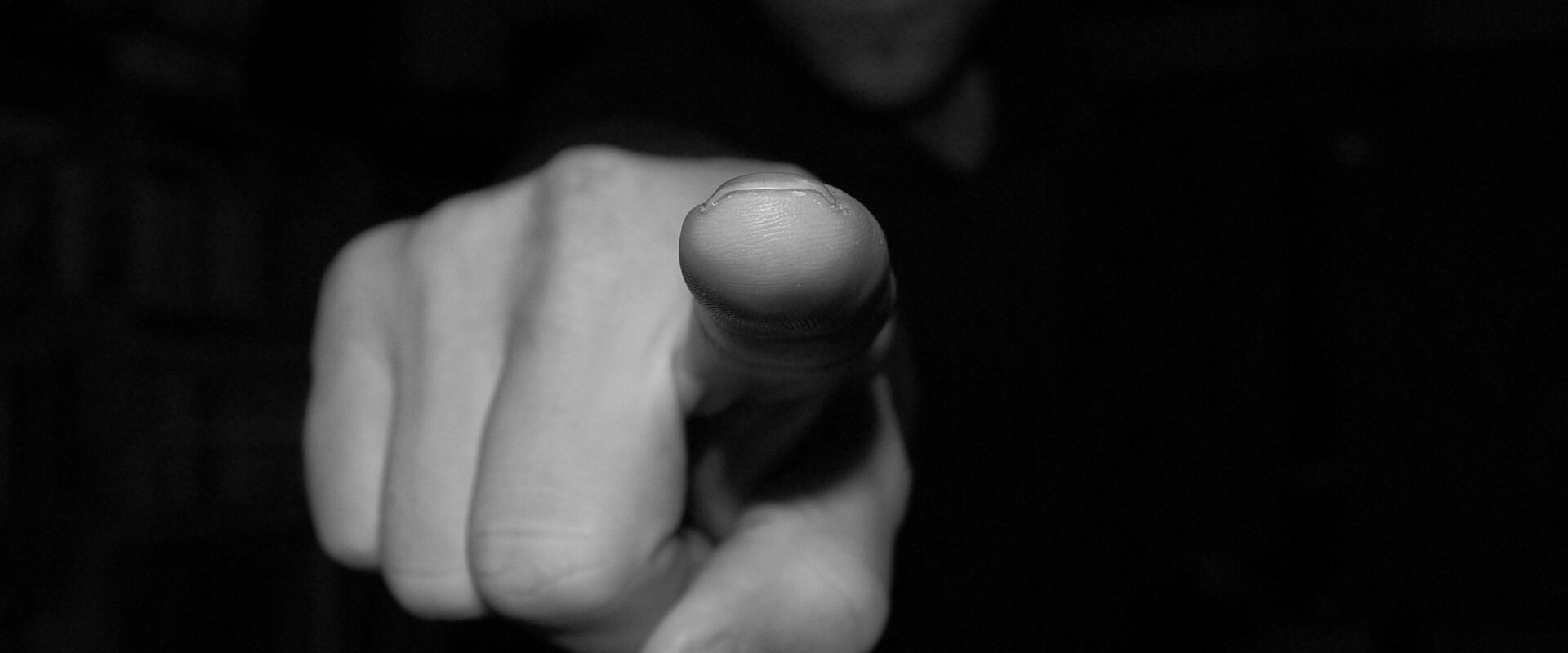
There's no soap-dropping counterpart "joke" referring to the abuse of female inmates. Ultimately, these distorted punch-line/silence memes enforce each other and perpetuate the reality of prison rape.
activism guard-prisoner-relations prison-life prison-industrial-complex sexual-harassment sexual-violence
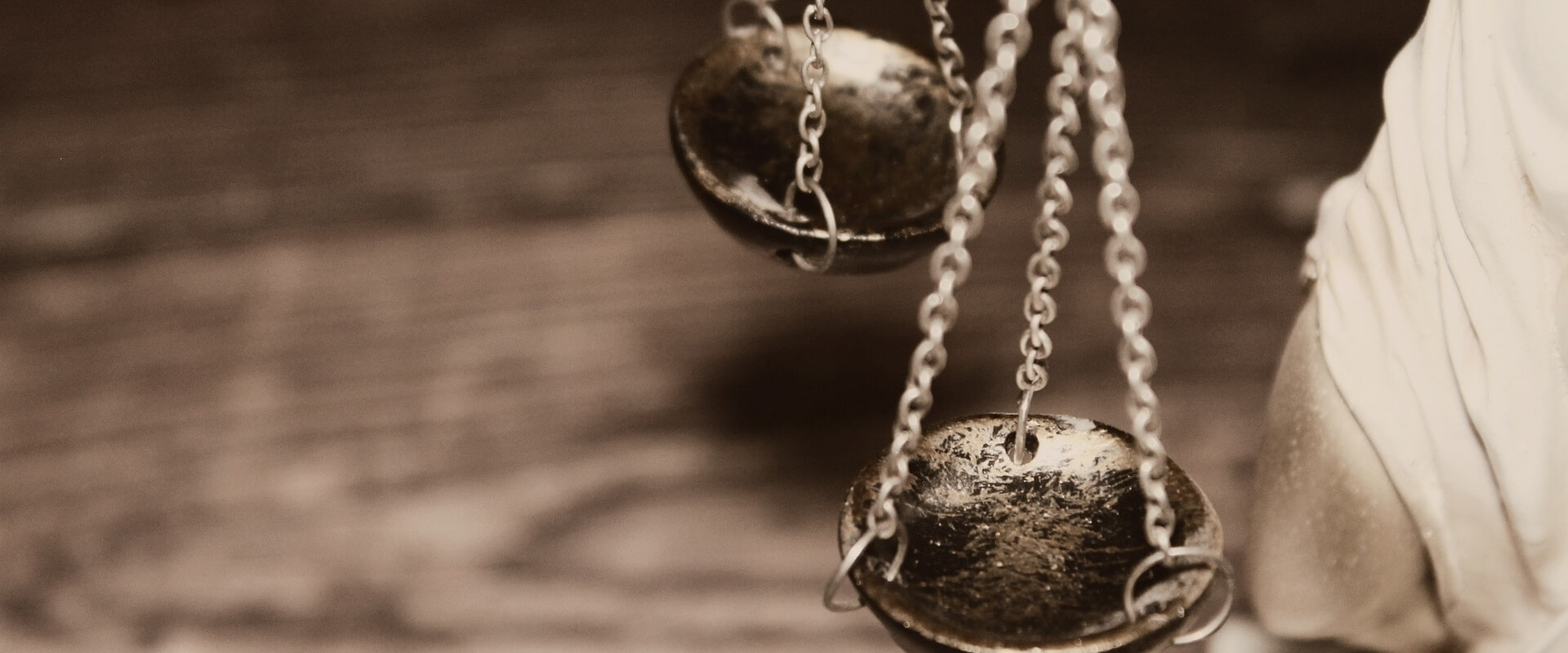
Lisa Newhouse shares her letter from prison about her strength to overcome her past and her hopes to become a healthy, working member of society.

In this essay, Angela Davis discusses the operation and impact of the Prison Industrial Complex. Through her examination of the economy of incarceration, Davis demonstrates how private corporations benefit from the incarceration of increasing numbers of people of color. Davis argues that although the prison boom has increased the profits of global corporations, it “devours the social wealth” of our communities by draining them of their human and economic resources.
prison-industrial-complex racism
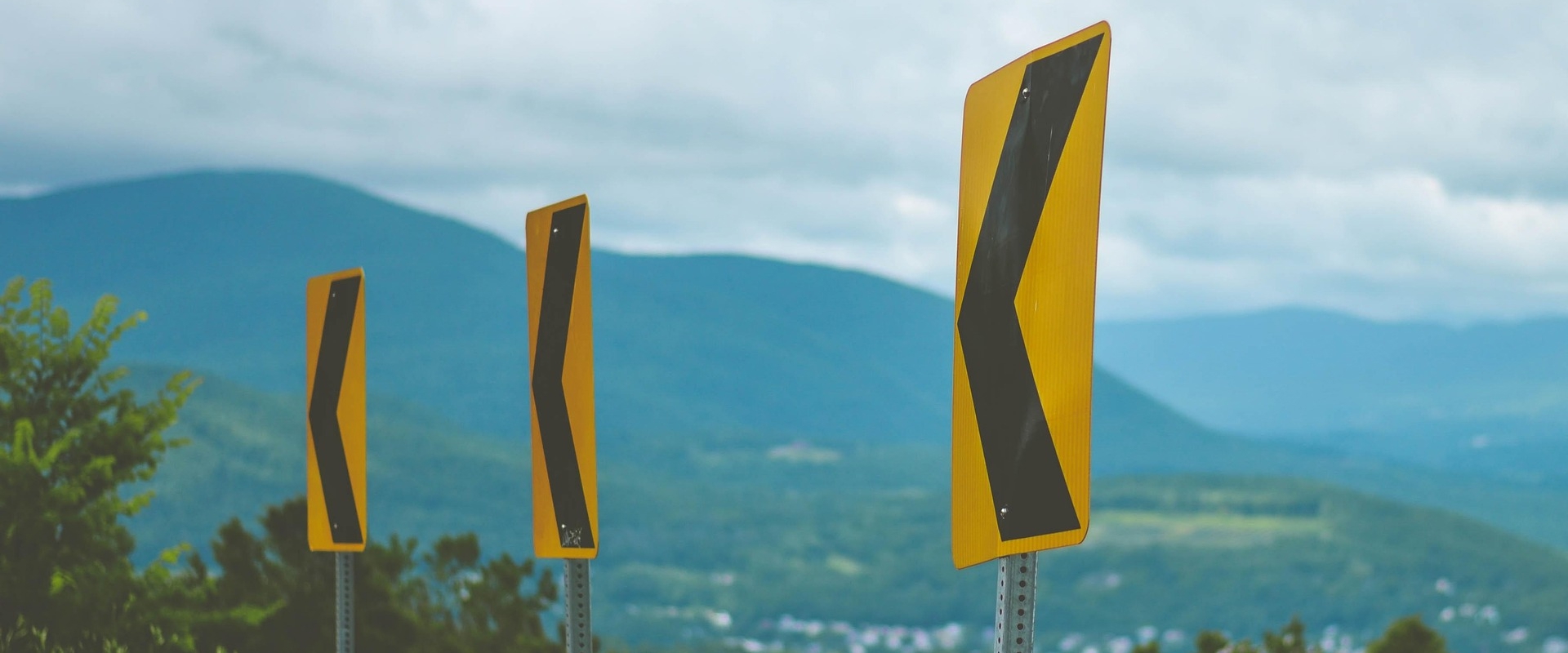
Karen tells how her life has taken an unexpected turn through incarceration. Trying to hold on to the bonds of wife and mother while doing time.

Administrative Director of San Francisco-based Legal Services for Prisoners with Children. Karen Shain unfolds the meaning of “life, liberty, and the pursuit of happiness” for women living behind bars. Paying particular attention to the poor healthcare provided in California jails, Shain addresses the issue of international human rights and the violation of these international standards in jails and prisons in the U.S.

The State of Maryland has appropriated funds to build a new women's jail in Baltimore City with twice as many beds as are currently being used. But a new report released today by the Justice Policy Institute (JPI) reveals that the State's projections indicating a need for a larger facility were inaccurate, and that better use of non-jail options for people awaiting trial would produce better outcomes and further reduce costs and projected jail beds.
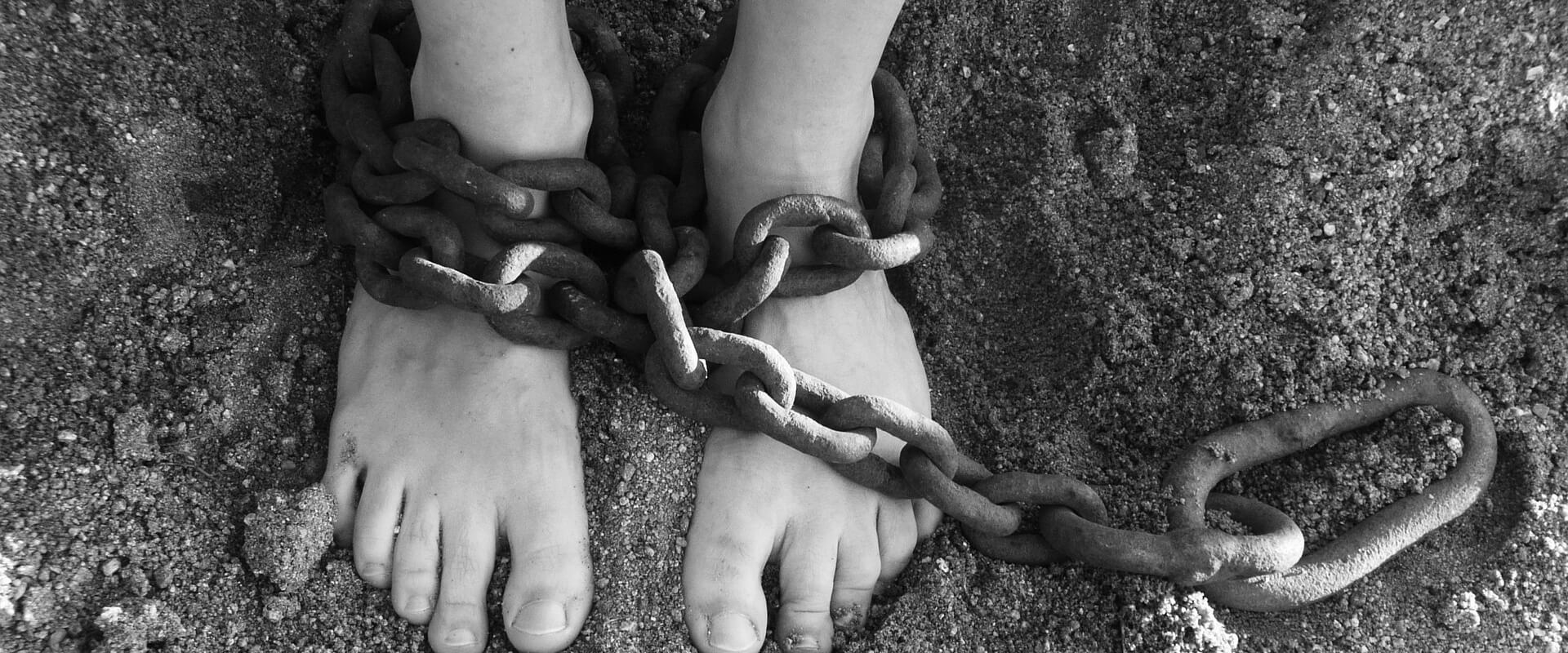
In March, 2008 I was released from Central California Women’s Facility (CCWF) in Chowchilla, California after over six years in prison. I won a writ, a portion of one anyway, in October, 2007 in Los Angeles that agreed with my attorneys that the Board of Parole Hearings (BPH) had violated my double jeopardy right by adding a year to a sentence that a real court had already addressed.
personal-narrative prison-life prison-industrial-complex public-policy

Olson tells of a 4th of July at CCWF. When you come into the CDC, it’s a whole different world. It’s like t third world country. You’re completely cut off from civilization. I was freaked out when I got here. I was sure some of the prisoners were men. "Are they men?" I asked. I had no idea. You’re isolated.
personal-narrative prison-life prison-industrial-complex public-policy
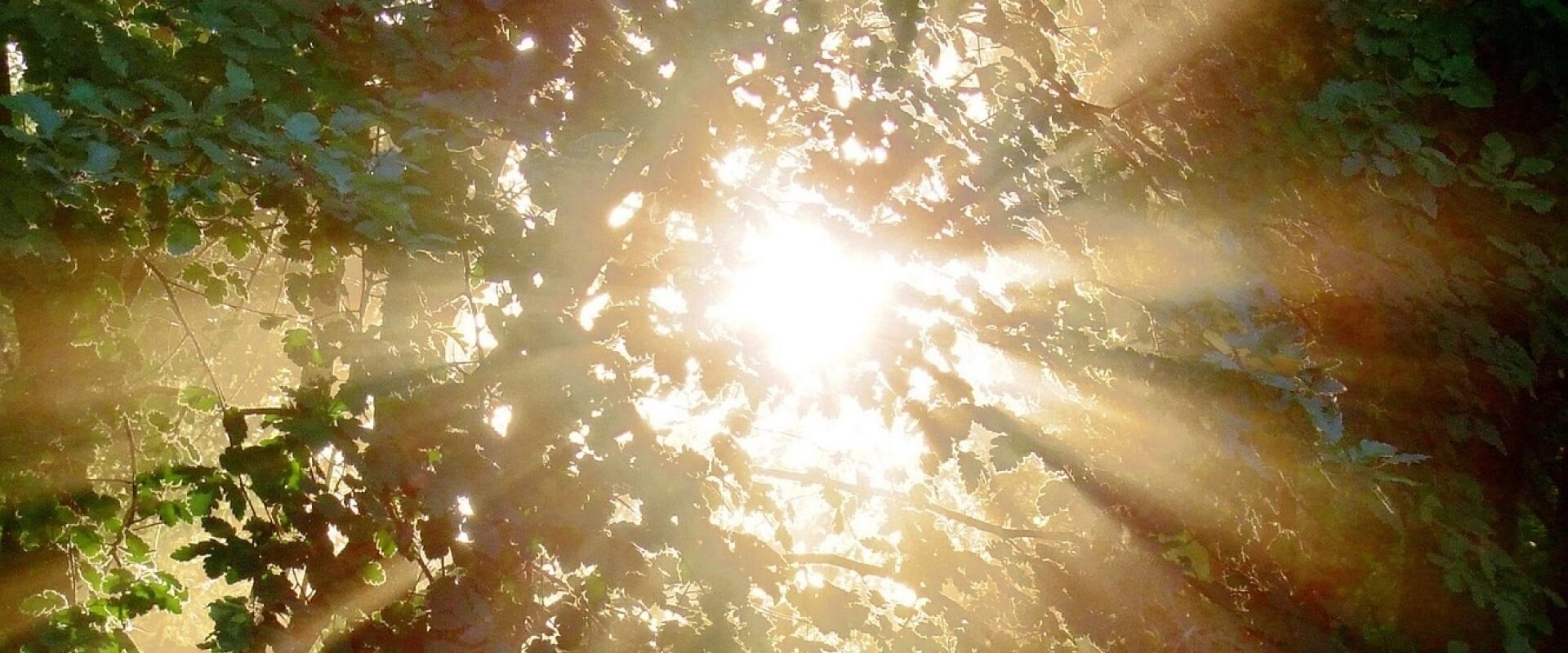
The systems of federal and state and corporate imprisonment, the Prison/Industrial Complex, are growth industries in the United States. While there has been much attention worldwide to the human rights travesty of massive American incarceration, criticism has brought no reduction, only growth in the numbers. Incarceration is aimed at a certain group of people Blacks, Latinos, and the poor.
abolition activism gender movement-building prison-life prison-industrial-complex public-policy

By telling her own story, Delores Garcia exposes the injustices to which many disabled prisoners are subjected. Incarcerated far from home, Ms. Garcia is isolated from family and friends as she struggles to receive the medical treatment necessary to keep her alive.
health
The Intersectionality of Race, Gender, and Reentry: Challenges for African-American Women
by Geneva Brown
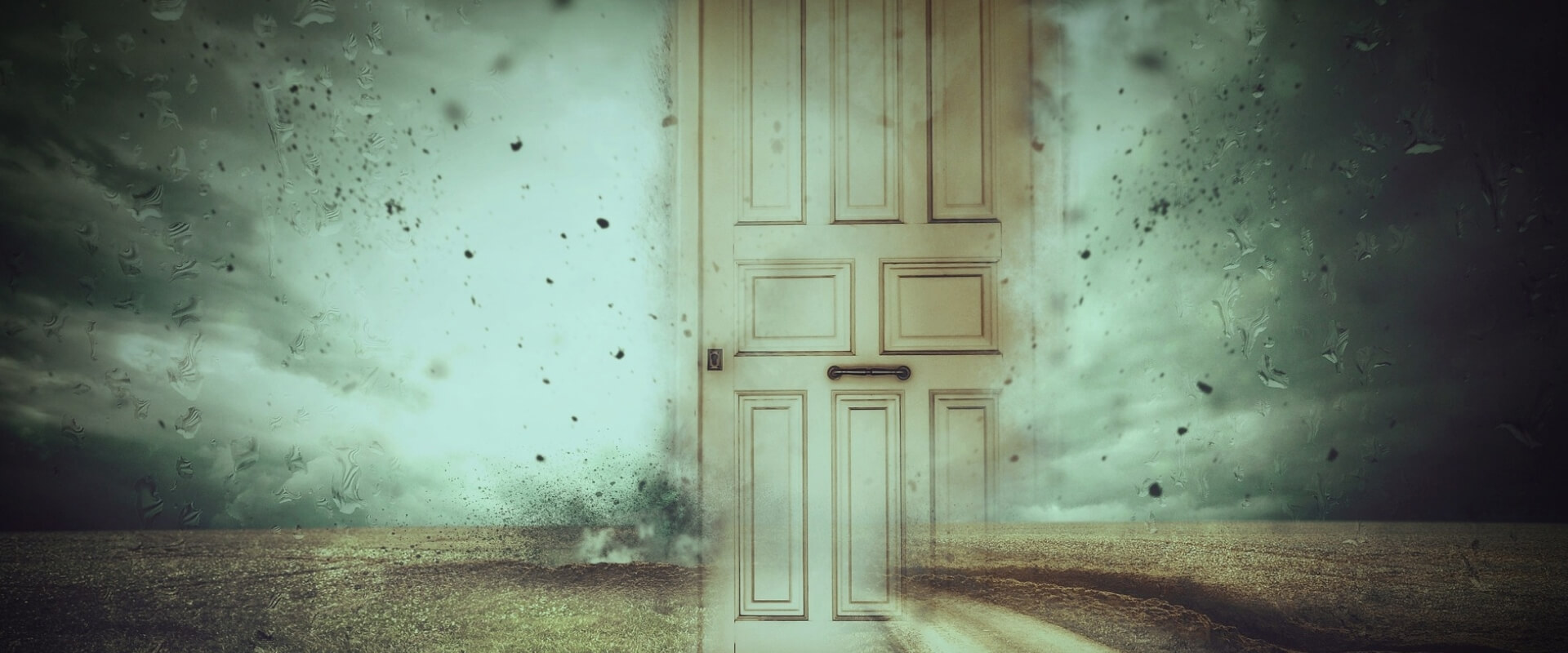
Challenges faced by African-American women reentering society.
children-of-prisoners family gender health housing-and-homelessness public-policy racism reentry

Laurie Schaffner’s essay challenges the ways that juvenile justice programs aim to help girls by working in ‘gender responsive’ ways. She claims these programs often do little besides training young girls to ‘have manners’ and ‘talk about their feelings,’ as opposed to critically understanding the ways in which gender functions. Schaffner suggests that gender-specific interventions should be responsive to young women’s lived realities, including experiences of racism and poverty.
gender juvenile-justice public-policy
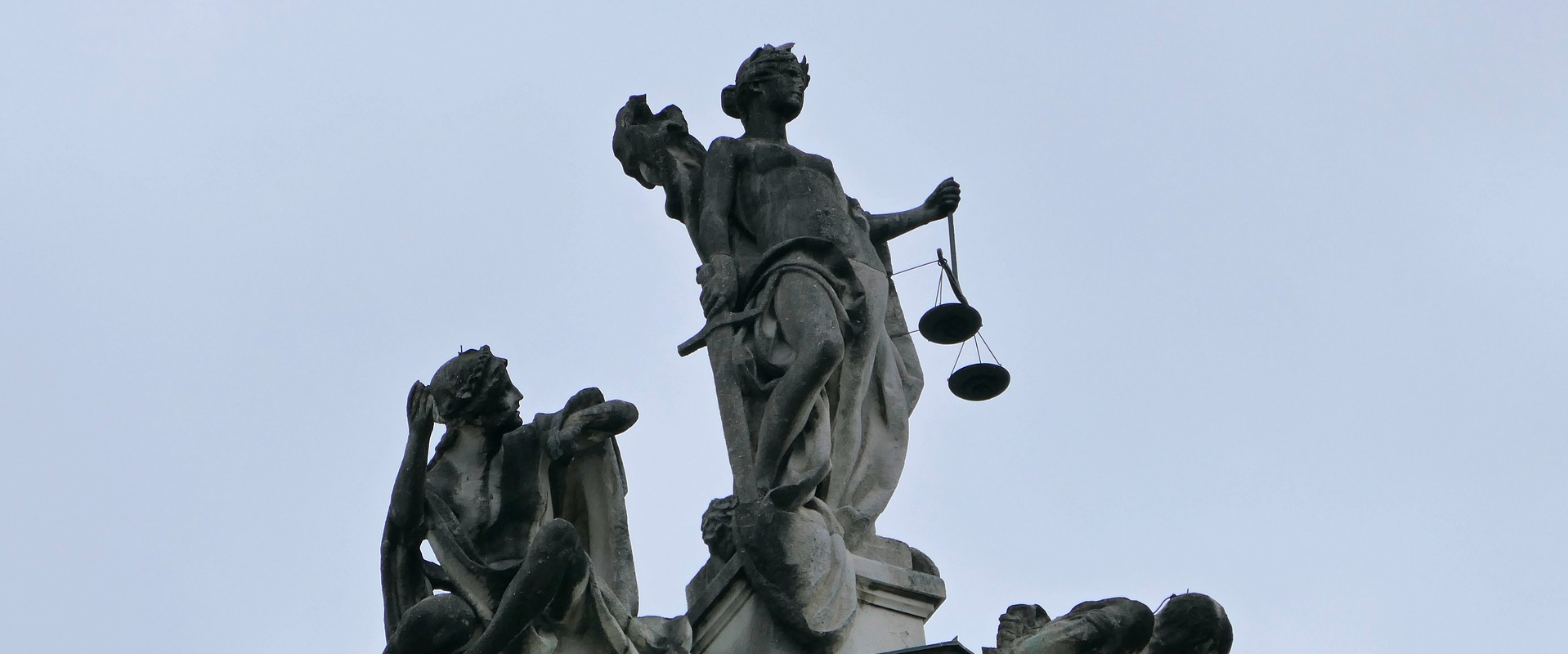
Jennifer tells her experience in the criminal justice system. In my experience, a Public Defender is more like a 'figurehead', appointed to the poor to give the illusion of fair representation and justice for all. My Public Defender advised me to accept one of the plea bargains. I looked at him and said, "But I am not guilty". He said, "That didn’t really matter because I looked guilty".
personal-narrative prison-life prison-industrial-complex
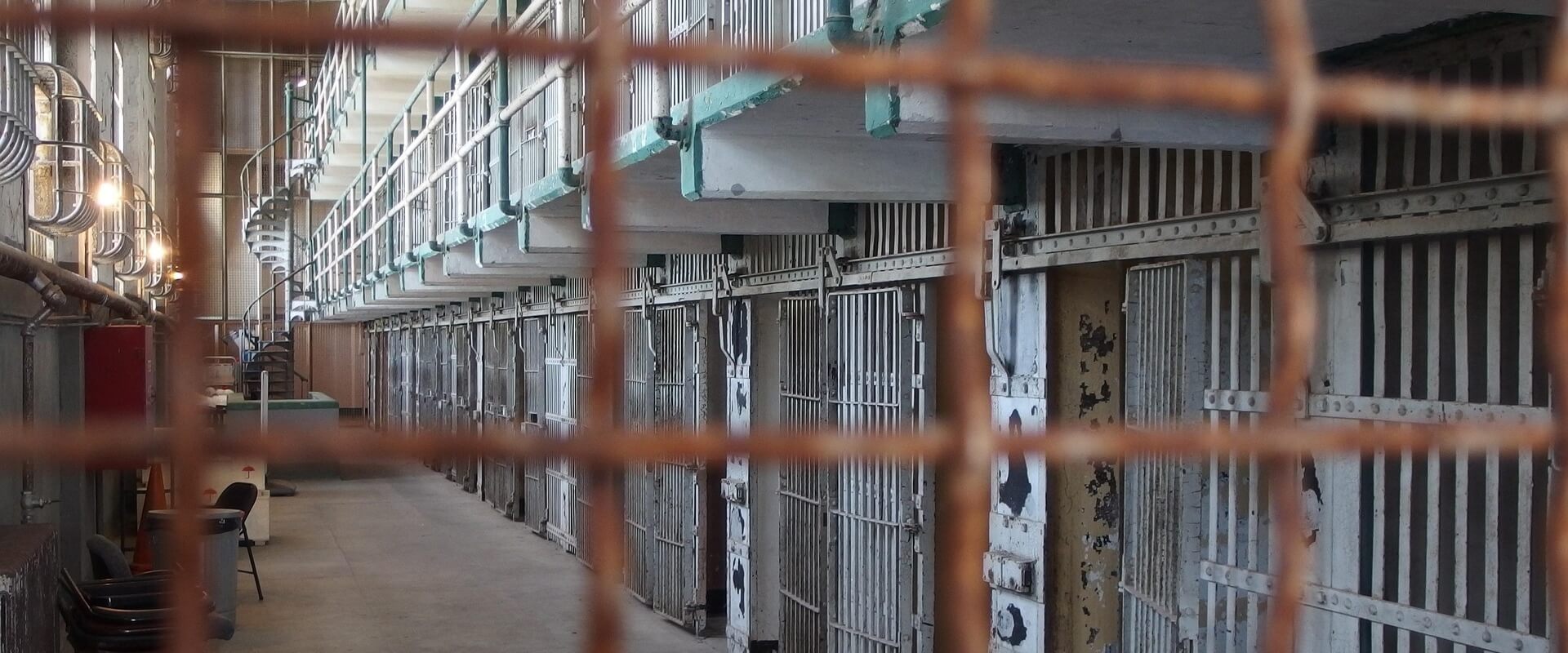
Olson describes what a prisoner goes through serving a life sentence.
personal-narrative prison-life prison-industrial-complex
Why A Book About Women In Prison: (Excerpt From Women Behind Bars) 'Health Care Can Be Deadly'
by Silja Talvi

This question is entirely valid, the deeper I began to delve into the underlying reasons for the rapid growth of girls and women in lock-up, the more insight I gained into a world that few outsiders see, much less understand. Once I began to pay particularly close attention to the ways in which females in the criminal justice system were portrayed in the media, it became clear to me that stereotypes and judgments about “fallen women” from centuries ago were still holding fast.
activism health movement-building prison-life
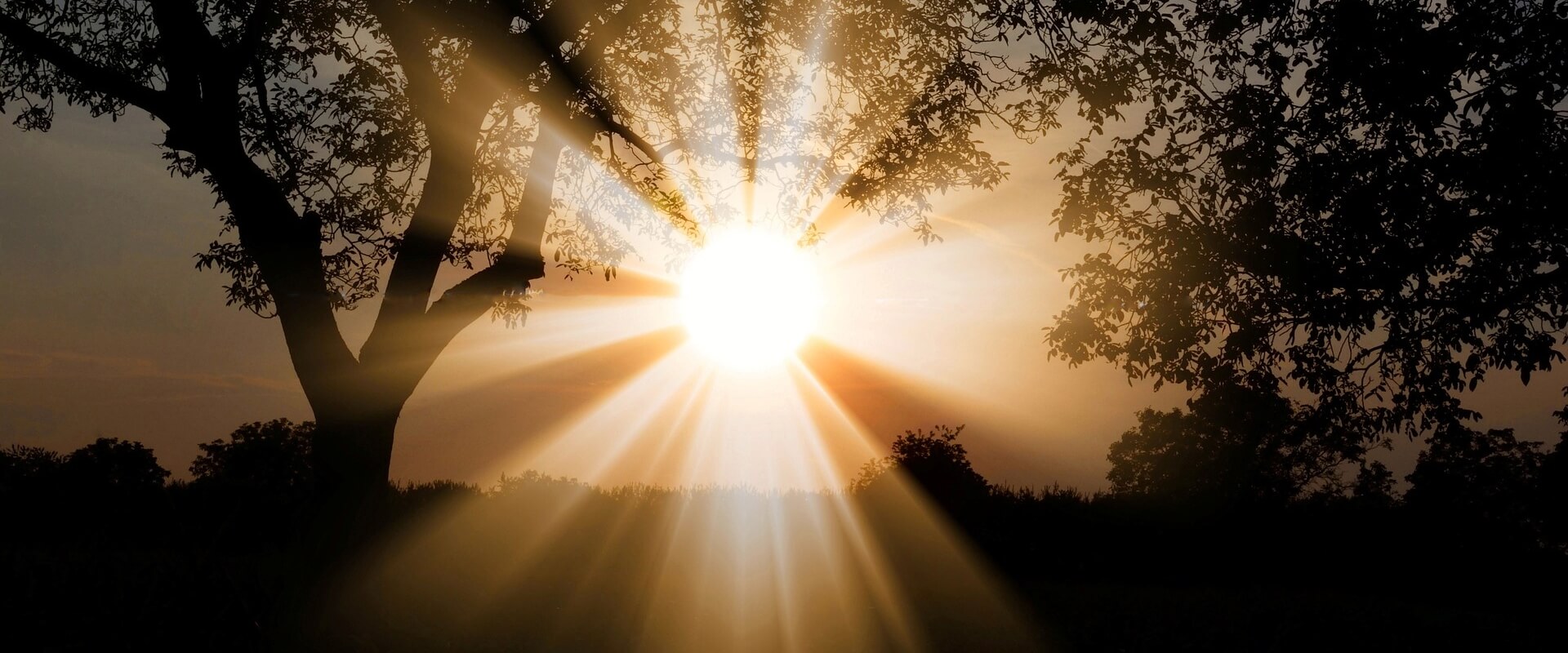
Galindo shares her story about the supportive relationships in prison that have helped her to endure prison life
community prison-life relationships
Two Immigrants Who Followed the Path to Citizenship Tell Stories of Detention and Deportation
by Amy Goodman & Carolina Fulecio Hernandez
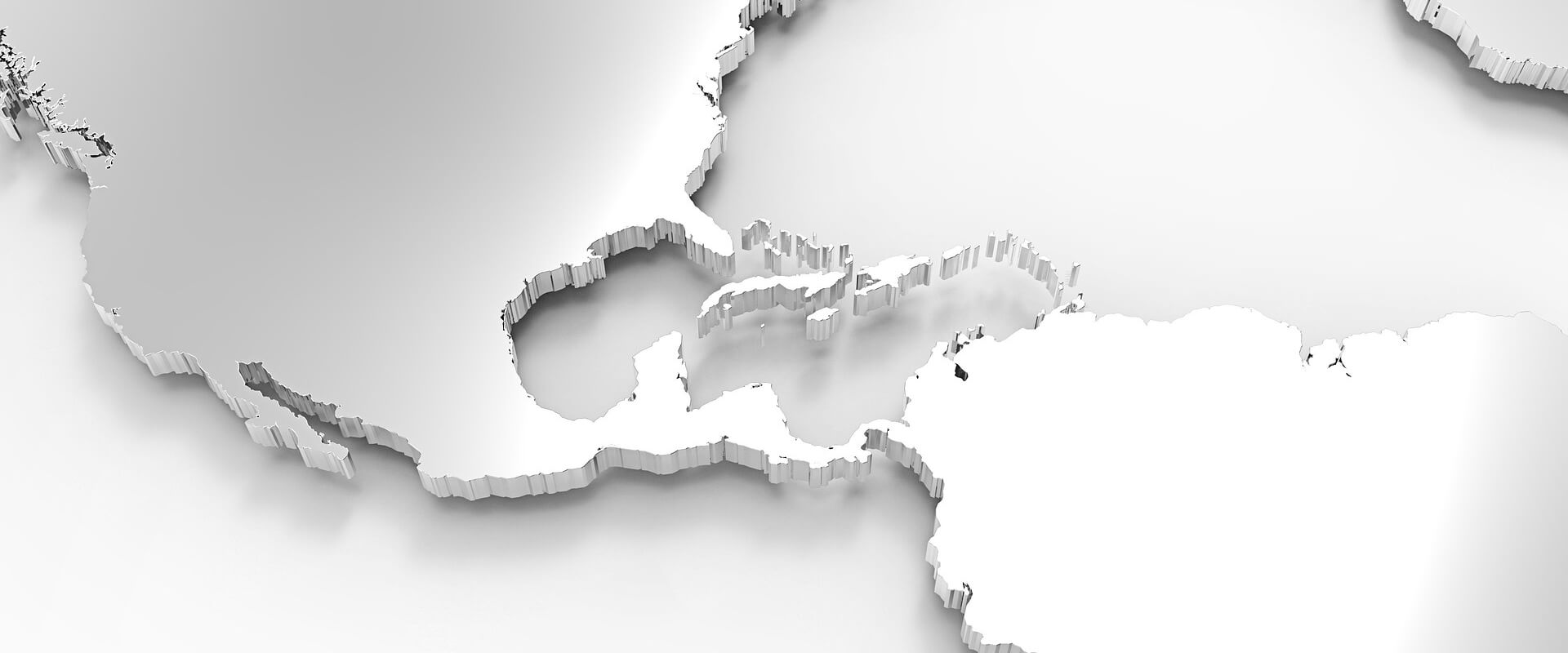
This interview by Amy Goodman of Democracy Now explores women’s experiences with Immigration and Customs Enforcement (ICE), including detention and deportation. Carolina Fulecio Hernandez describes her arrest by ICE agents, followed by detention and deportation to Guatemala. Sharon Nyantekyi describes her detention at a private detention facility run by Corrections Corporation of America.
family immigration personal-narrative

O'Brien describes the difficulties that women face in returning to the community after prison. She addresses the major areas of concern in women's reentry: relationships with their families and children, housing, relationships, substance abuse and recovery, and employment. For each of these areas, O'Brien lists specific policy changes that could have a positive effect on women’s abilities to rebuild their lives upon their return.
family public-policy reentry substance-abuse

Marilyn Buck illustrates a prisoner’s determined efforts to reaffirm her own humanity in the face of constant indignities by describing one day of her own life in prison. Buck is a political prisoner serving eighty years in prison. She has been an active supporter of the Black Liberation movement and other struggles for self-determination.
guard-prisoner-relations personal-narrative political-prisoners prison-life
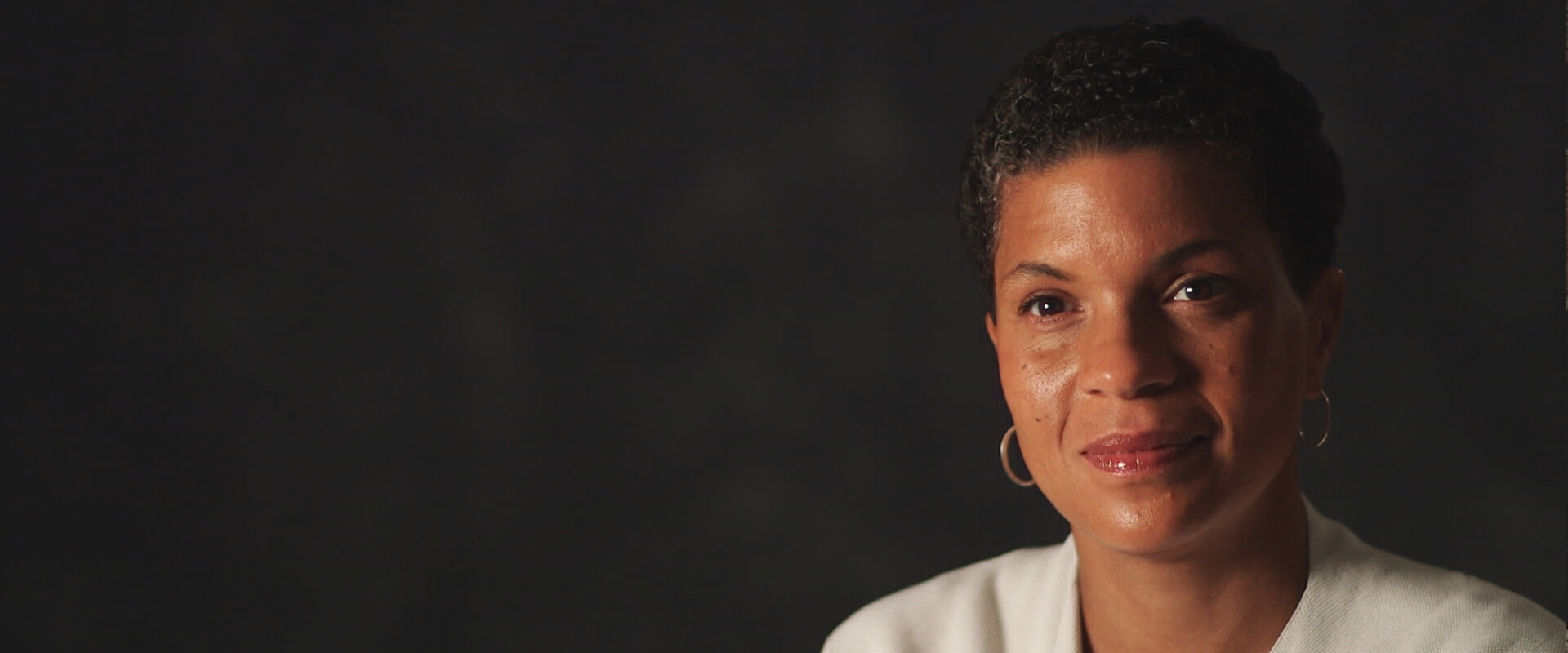
Michelle Alexander is an associate professor of law at Ohio State University and a civil rights advocate, who has litigated numerous class action discrimination cases and has worked on criminal justice reform issues. Also a legal scholar, Alexander recently published her first book The New Jim Crow: Mass Incarceration in the Age of Colorblindness. In it, she examines the intersections between racism, mass incarceration, and the War on Drugs, illustrating their devastating consequences. Megan Bernard's recent review of the book can be found on the Prison Communication, Activism, Research, and Education Collective (P-CARE) blog. Another review, published by COLORLINES, examines how Alexander places contemporary incarceration statistics in historical perspective.
activism motherhood movement-building
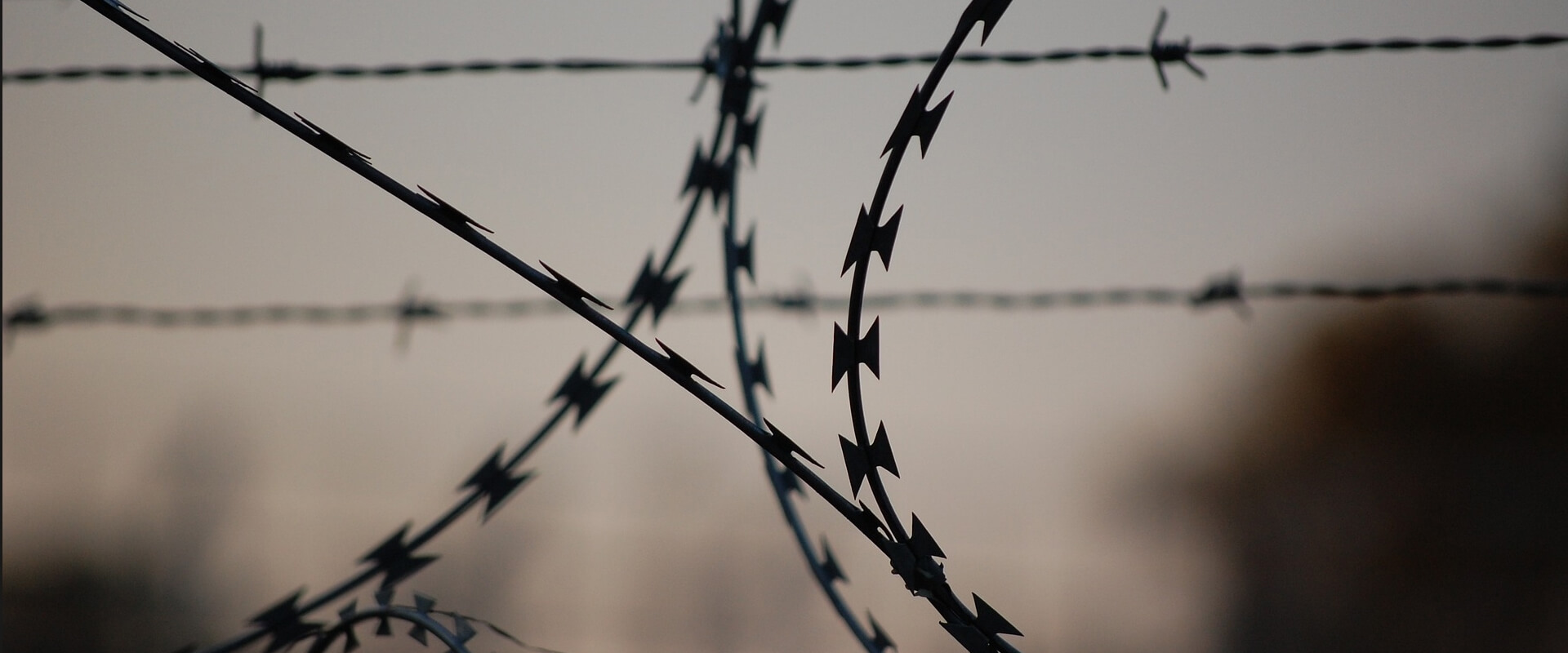
I have a hard time trusting others. My friendship is not something that is given freely. I can count on one hand the people who I truly consider to be my friend.
peer-support personal-narrative prison-life prison-industrial-complex reentry relationships
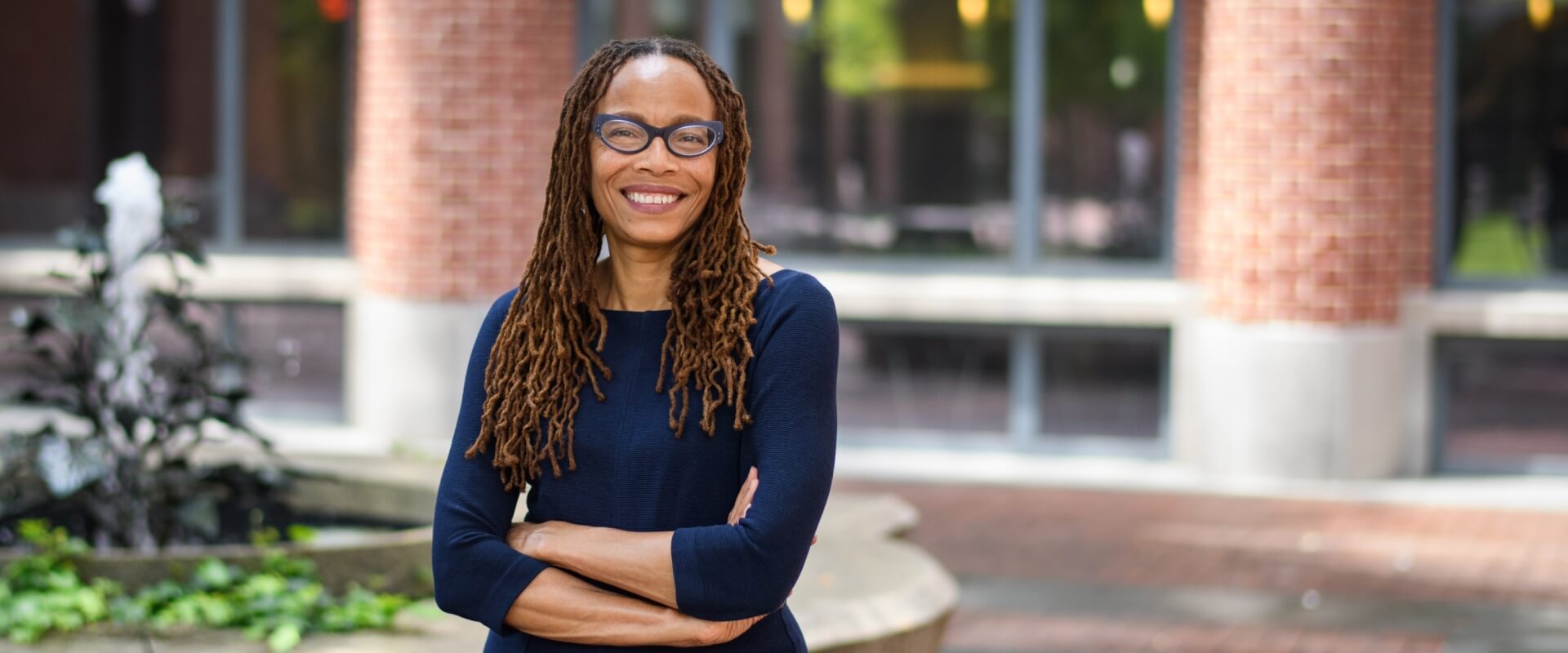
Author, lecturer, speaker and lawyer Dorothy Roberts spoke at the 25th anniversary celebration for Chicago Legal Advocacy for Incarcerated Mothers (CLAIM). Her lecture can be seen in the following clip.
activism motherhood movement-building

Every year the legislature approves the necessary extra millions to keep Oklahoma’s mass imprisonment binge solvent. Due to the economic downturn, however, the funds are no longer available and the mandate to fund Oklahoma’s prisons is no longer compelling to the cash-strapped legislature.
prison-life health reentry
Bill of Health Rights for Incarcerated Girls
by Girl Talk & Health and Medicine Policy Research Group
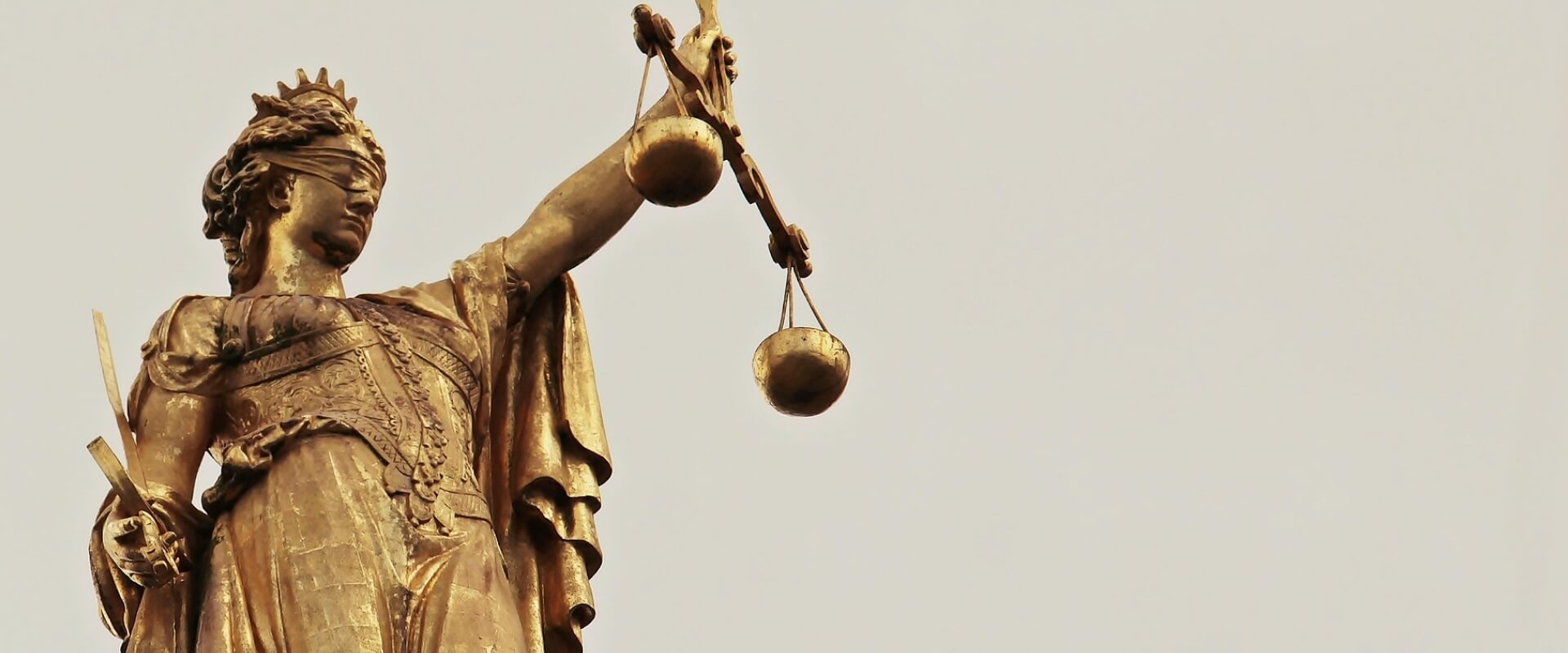
This bill of rights was created through a participatory research and action project by young women who were incarcerated in Cook County’s Juvenile Temporary Detention Center. It has been used to support young women’s work to improve conditions within the detention center.
activism health juvenile-justice
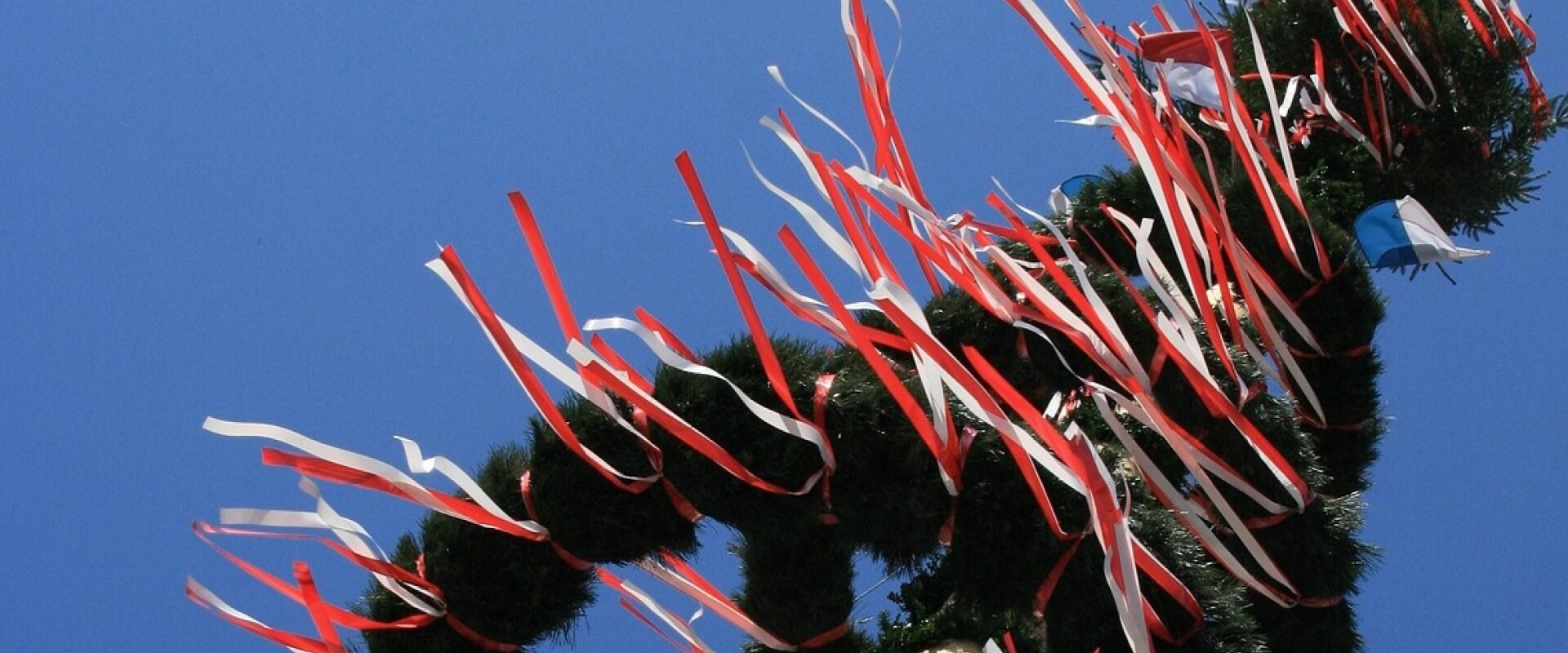
“When Pagans get their rights, everyone gets their rights,” say Patrick McCollum, who for the last fifteen years has volunteered to serve as a Pagan chaplain in the California prisons. McCollum, a talented jewelry designer and craftsman by nature, has in the last decade spent the bulk of his time—and money—helping prisoners and making interfaith alliances worldwide.
health mental-health peer-support prison-life prison-industrial-complex
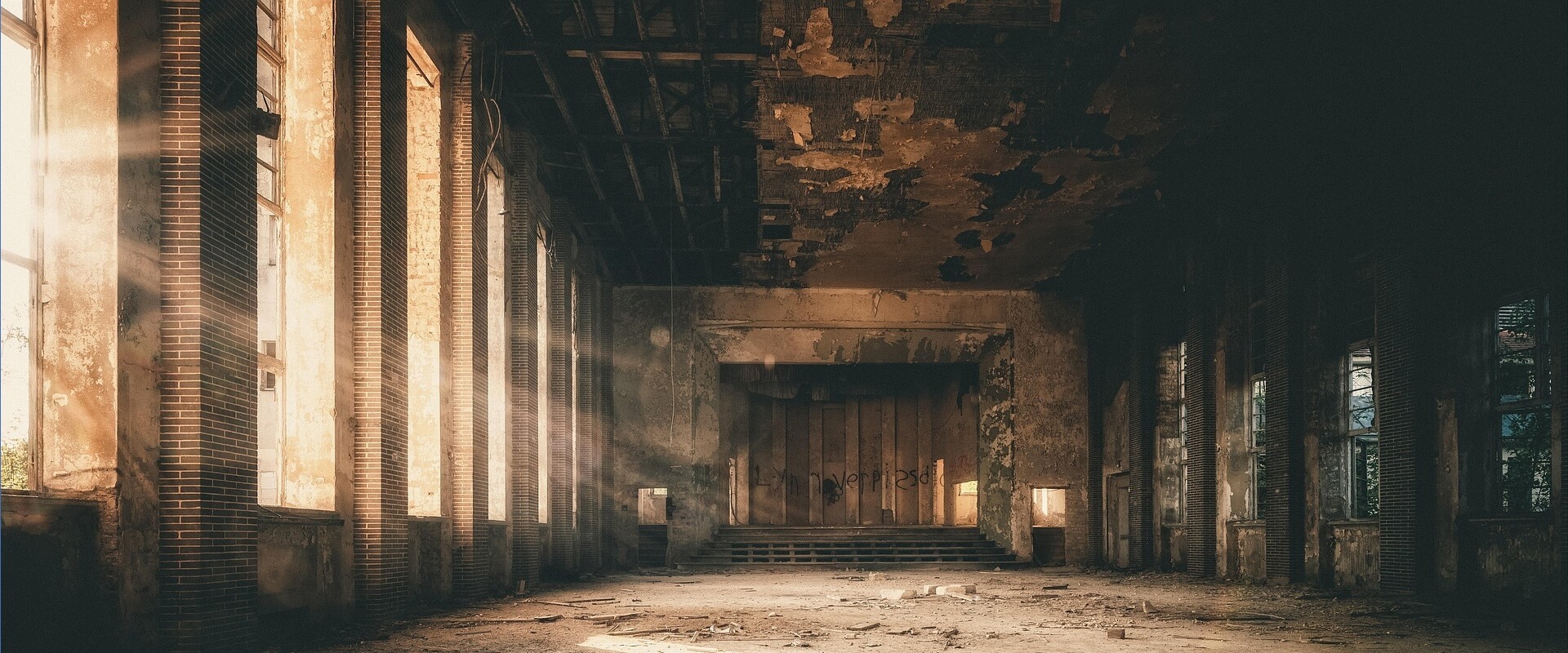
This article tells of the unfair treatment, unsanitary, and overcrowding living conditions of CCWF and how the inmates are forced to live in these conditions. California has the largest female institution in America and it is still overcrowded. The overcrowdings of the institution leads to daily fights, unsanitary chow halls, and a exhausted staff to run the institution.
health movement-building prison-life

In the last quarter of the twentieth century, prison admission rates have been rising precipitously, racial disparities remain high, and the proportion of prisoners who are women is increasing dramatically. While several scholars argue that changes in sentencing policies play a part in increasing the proportion of the correctional population that is women, there have been few empirical examinations of this presumed connection. In this study, I examine whether and when mandatory terms and sentencing enhancements disproportionately affect women’s prison admission rates and if this disparate affect differs by race. The study has four major findings. First, mandatory terms and sentencing enhancements increase prison admission rates for violent, property, and drug crimes among Black and White men and women. Second, these policies disproportionately burden women, regardless of offense type. Third, the gender disparate impacts of these policies are most consistent among Blacks. Finally, the affects of these policies are most consistently associated with increases in violent admissions, but associated with the most substantial increases in drug admissions. These findings corroborate the theoretical perspective offered and suggest that that the concept of equality may be fruitfully replaced by one of justice.
prison-life public-policy
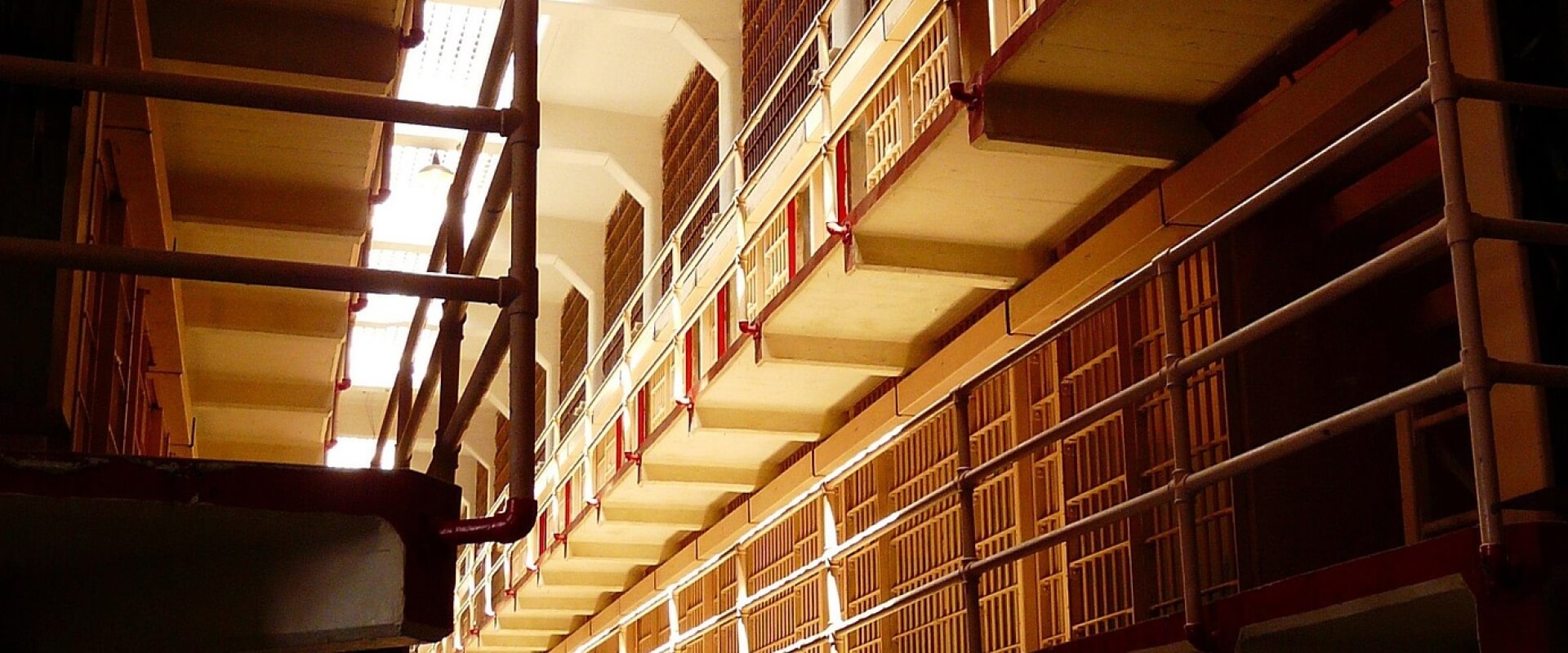
Being an inmate takes everything you have! It’s like having an out of body experience in which “you’ must come out of yourself and use all manner of determination, self-preservation, sacrifice, compromise, strength, and extreme measure of self-discipline to will yourself to do what is required…to will yourself into being an inmate.

